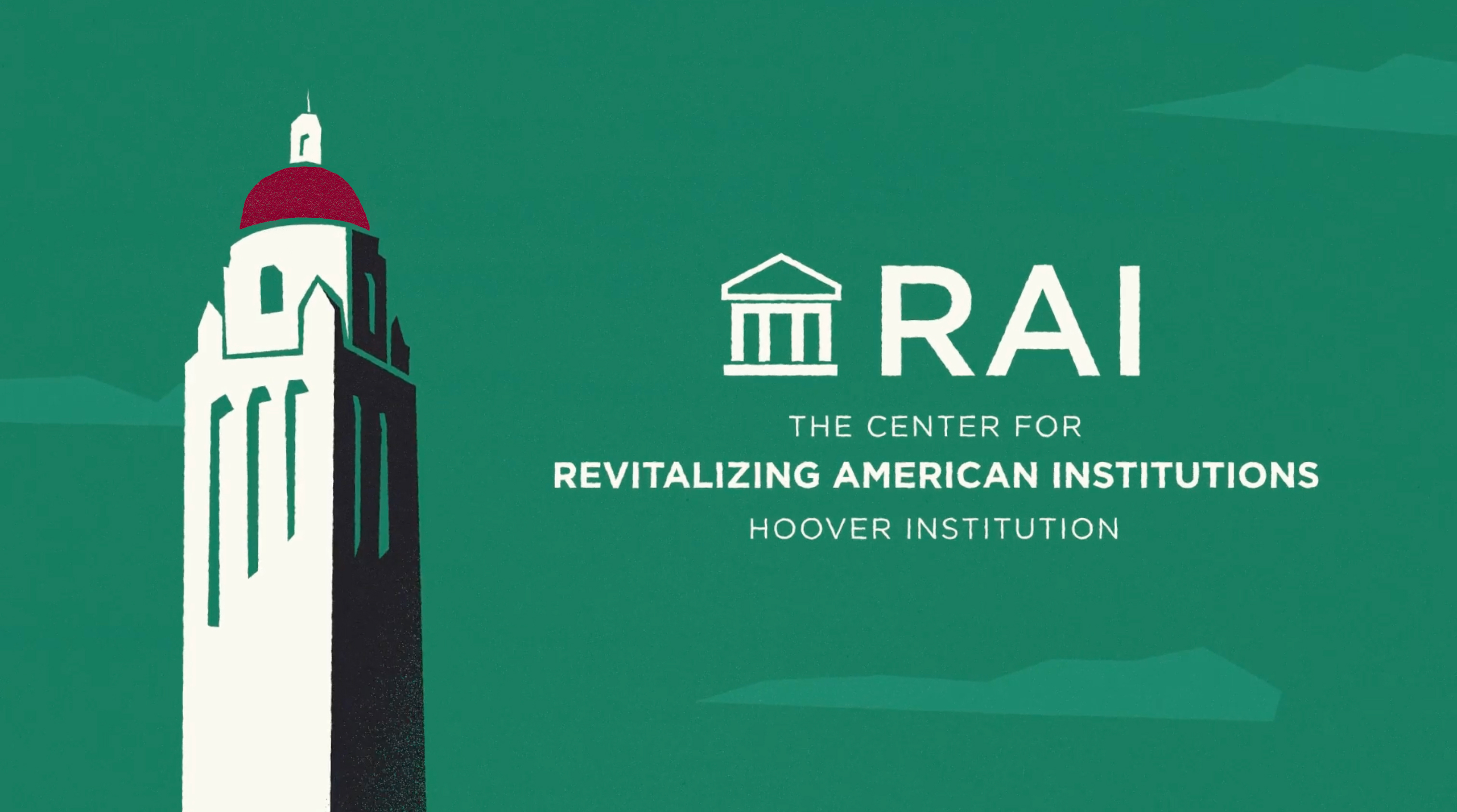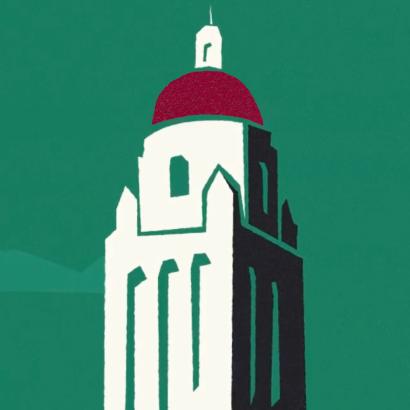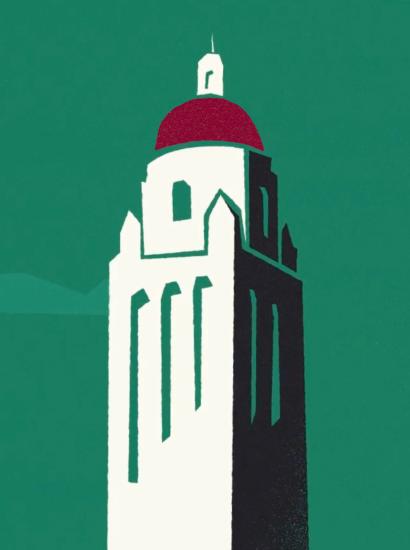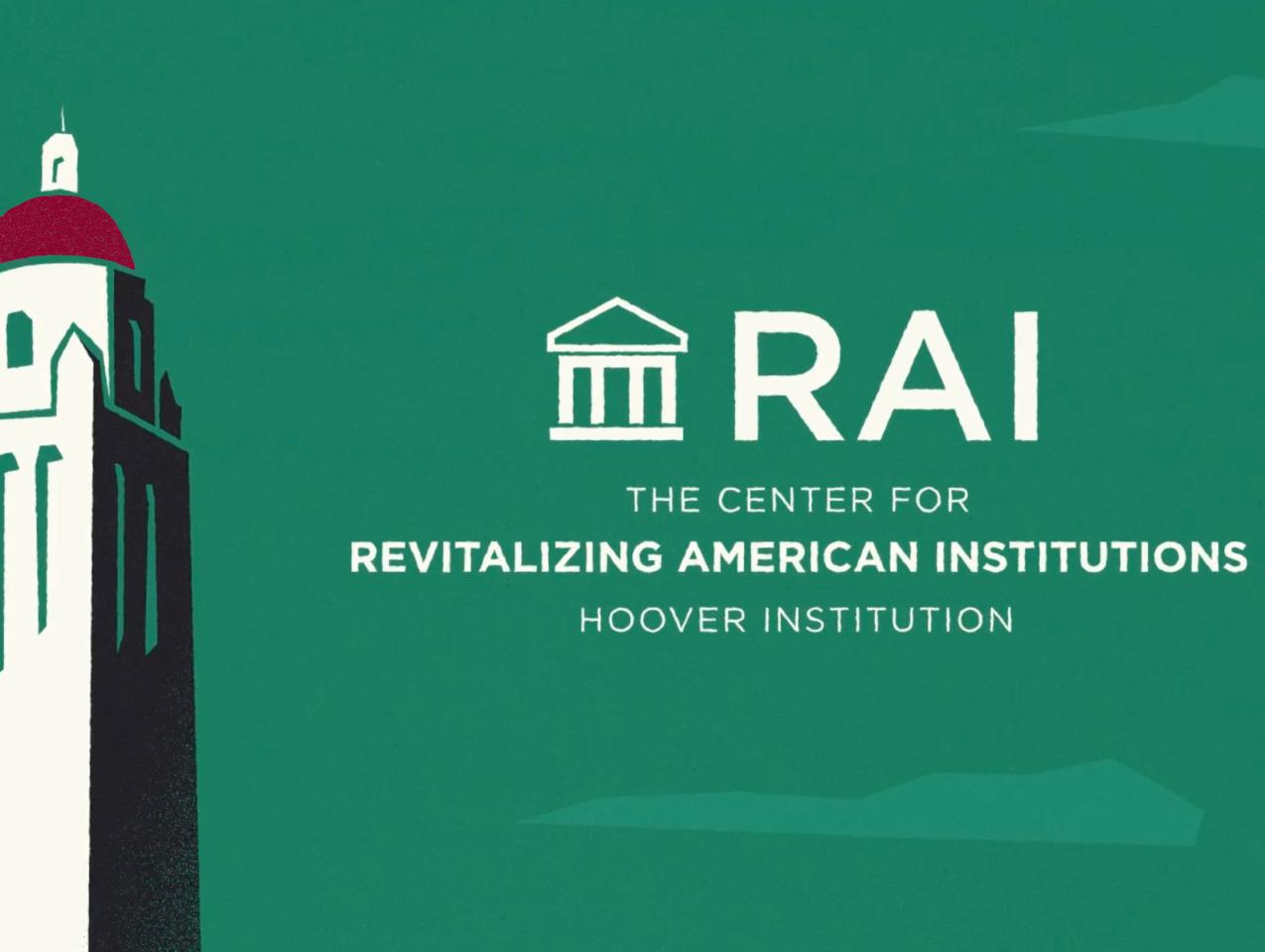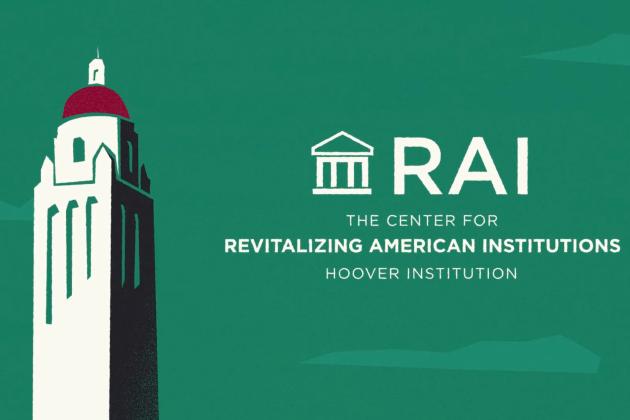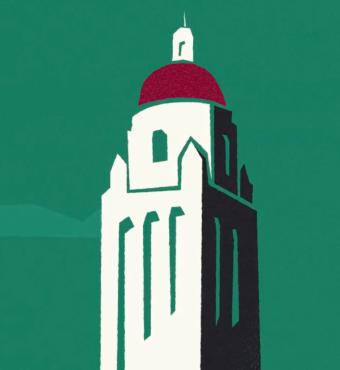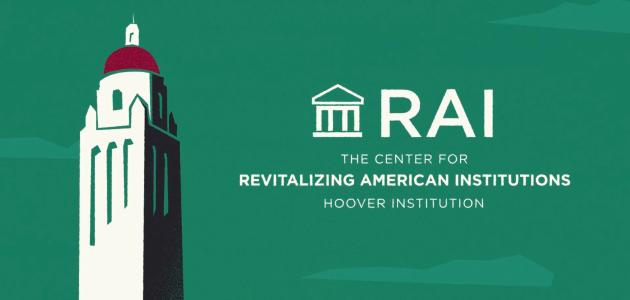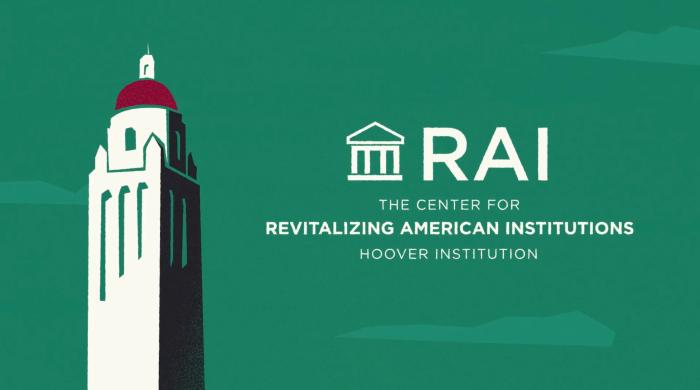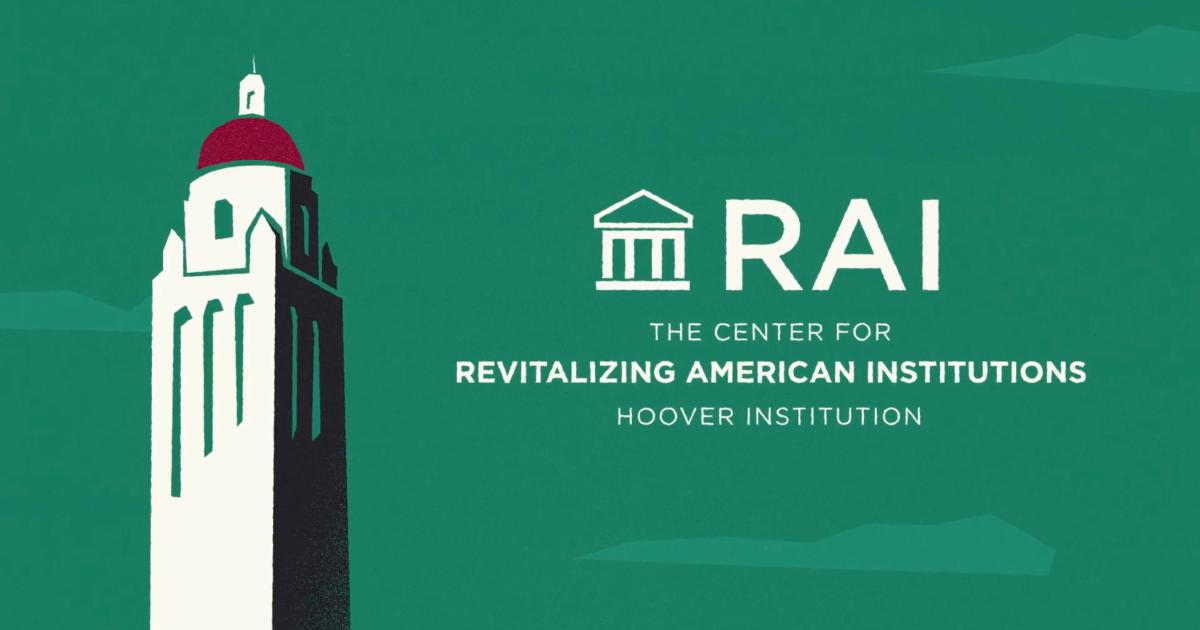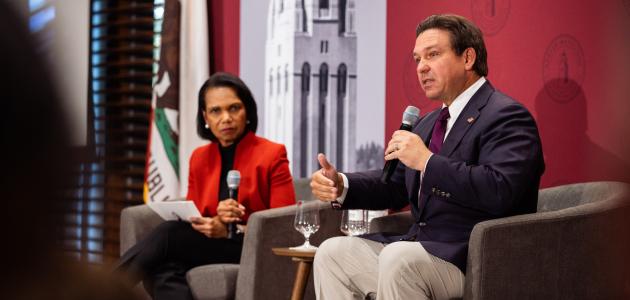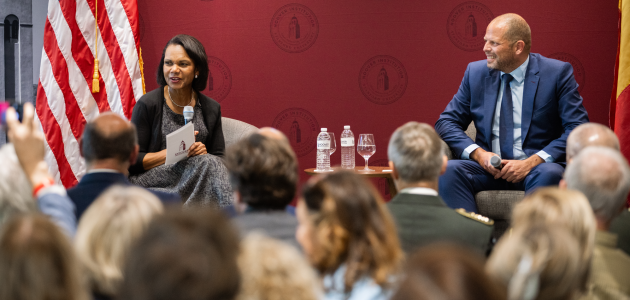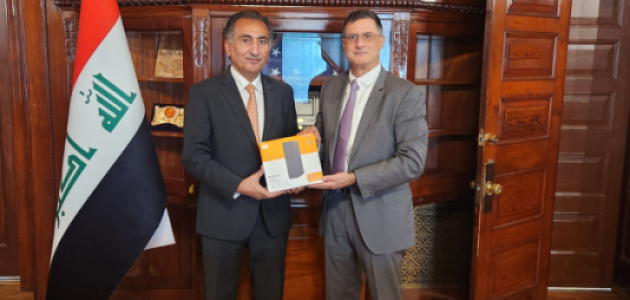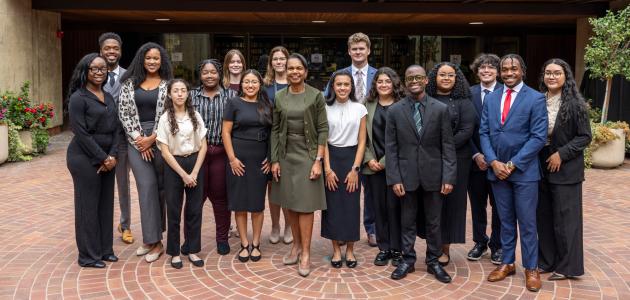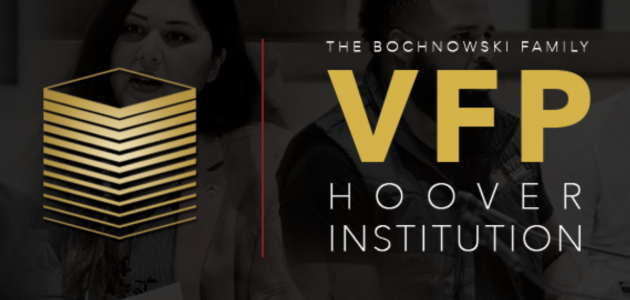In this edition of Inside RAI, Center for Revitalizing American Institutions Director Brandice Canes-Wrone outlines the continued decline in public trust in higher education and how it threatens universities. She also has produced new research highlighting how political campaign donors versus the voting public view Supreme Court appointments. RAI also sponsored several conferences, entertaining the role of artificial intelligence (AI) and social media applications in shaping democratic practice at home and abroad. Elsewhere, Andrew B. Hall applies the 19th-century concept of “liquid democracy” to modern times, and David L. Leal explores whether the Latino vote will continue to shift rightward during the second administration of President Donald Trump.
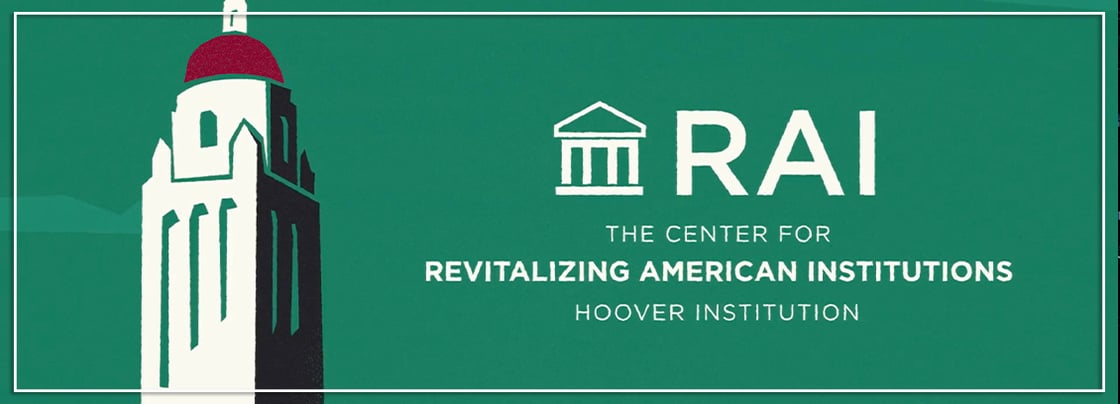
Governmental Institutions
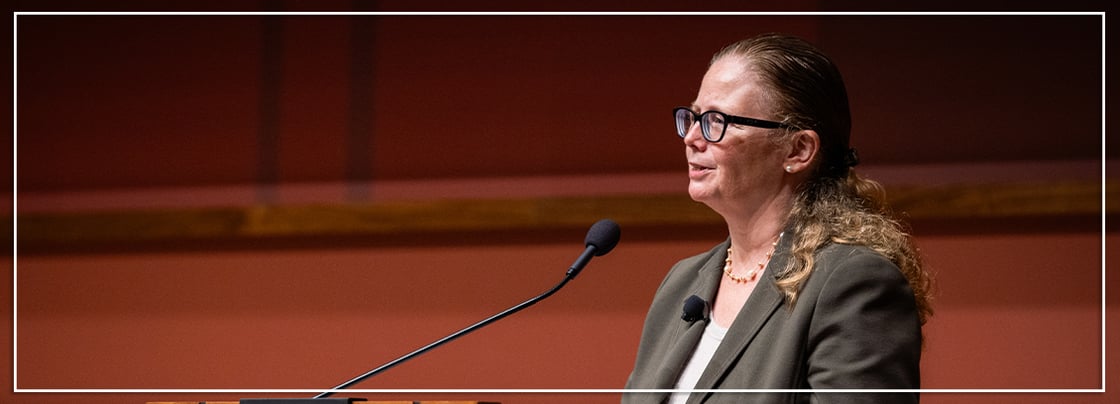
Threats to Universities and What We Can Do
At Princeton’s James Madison Center for Ideals and Institutions, RAI Director Brandice Canes-Wrone spoke about the attacks on the independence of American universities, in the context of the declining levels of trust they hold with the public. How can universities improve the public’s confidence in them and retain their independence? If universities fail, there’s a lot that America stands to lose. Eight of the ten universities with the largest number of Nobel laureates are in the United States. A tremendous amount of innovation emerges from the research performed at US universities. Canes-Wrone reminds us of what universities contribute to society and describes what universities can do to reverse the trend of public distrust.
Watch the video here.
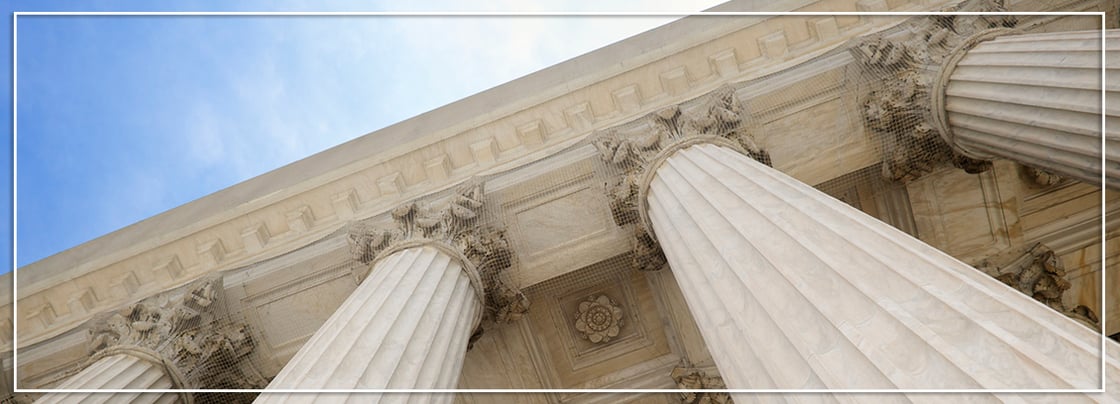
Mass Versus Donor Attitudes on the Importance of Supreme Court Nominations
In the American Political Science Review, Brandice Canes-Wrone and coauthors Jonathan P. Kastellec and Nicolas Studen report on their survey of 7,000 political donors and a sample of the general public, in which they asked members of each constituency how they prioritize Supreme Court justice nominations. They find donors “substantially more likely “than what they call their “general public co-partisans” to prioritize Supreme Court nominations.
“Our unique survey data on donors shows that these differences are quite sizable; on average, donors from either [major] party are about 20 percentage points more likely to cite judicial appointments as a top-three priority compared to general population partisans,” Canes-Wrone and her coauthors write.
Read more here.
Organizations and Democratic Practice
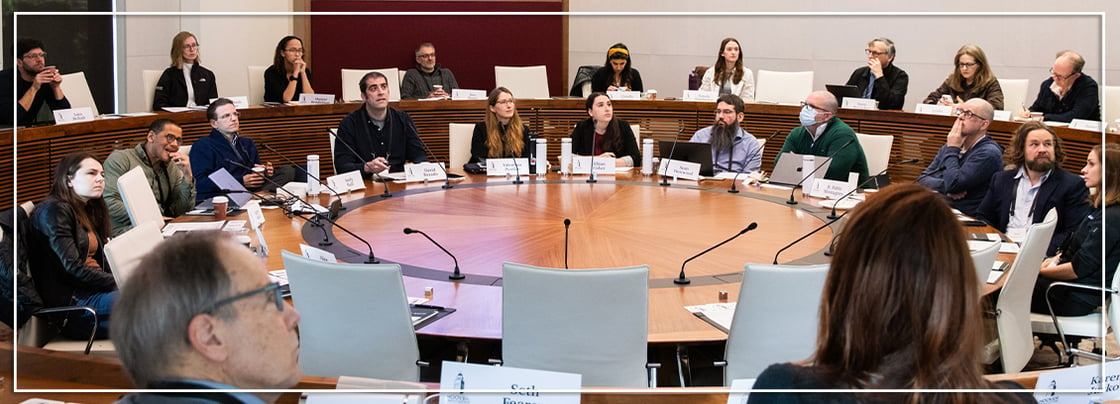
Scholars Meet at Hoover to Discuss Possibility of Ideologically Neutral AI in a Polarized World
Recognizing the rising power of artificial intelligence to shape the public’s opinions and influence how information is created and consumed, scholars gathered at the Hoover Institution on March 21 to discuss ways to create generative AI models all Americans can trust in an increasingly polarized era.
Convened by Hoover Institution Senior Fellow Andrew B. Hall, he said the meeting was meant to determine how the AI models and agents of the future would “reflect our values and earn our trust, given concerns that companies and governments might accidentally or intentionally engineer them to adopt some beliefs and preferences over others.”
Sponsored by RAI, the conference is one of many efforts underway to push back on the root causes of declining public trust in institutions and the growing distance between the far points on America’s political spectrum. It brought together scholars on AI, free speech, and computer science, along with representatives from social media and AI firms themselves. Research presented during the day suggested developing ideologically neutral large language models will be a difficult task.
Read more here.
Building on the conference, a new paper from Hall and Hoover Institution fellows Justin Grimmer and Sean Westwood finds that most Americans perceive major large language models (LLMs) as biased and that small changes in how the LLMs are instructed could measurably reduce this sentiment.
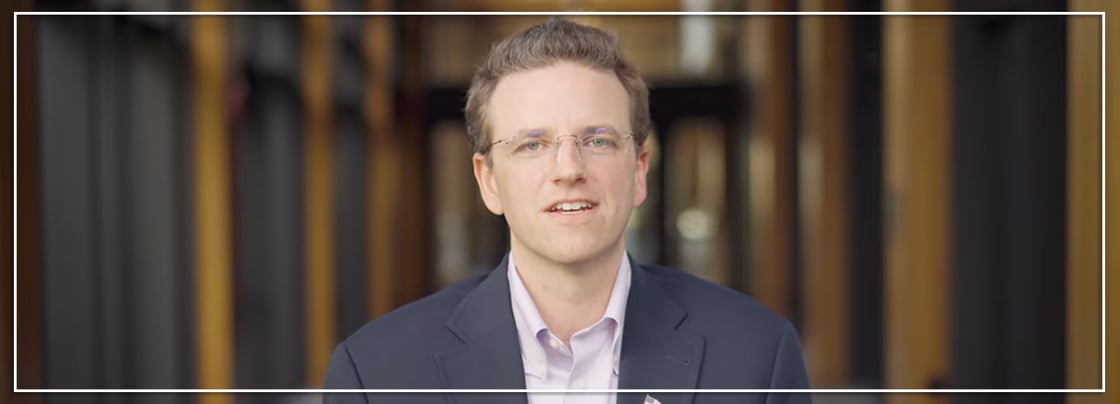
Exploring Liquid Democracy for the 21st Century
On the latest episode of Policy Stories, Hall speaks of resurrecting a 19th-century concept known as liquid democracy and applying it to help make decisions in the 21st century. In liquid democracy, voters retain the option to vote for themselves, but those who feel insufficiently informed can give their vote to someone else to cast on their behalf. It's a hybrid between representative democracy and direct democracy. And digital technology makes it feasible to build this option at scale for the first time.
Today, a variety of organizations are actively experimenting with different ways to delegate decision-making power to others. Major investment firms like BlackRock, State Street, and Vanguard now allow shareholders to delegate their votes through voting-choice programs using blockchain. Hall is exploring whether systems that delegate decision-making power to randomly sampled citizen assemblies could provide guidance on what AI chatbots should and shouldn't say or what they can and cannot do. The real-world applications for liquid democracy are promising.
In California, for example, ballot initiatives, which are chances for voters to make decisions together outside the legislative process, can be so numerous that it's difficult to be informed on each one. Delegating the call to better-informed citizens could be beneficial.
Watch the episode here.
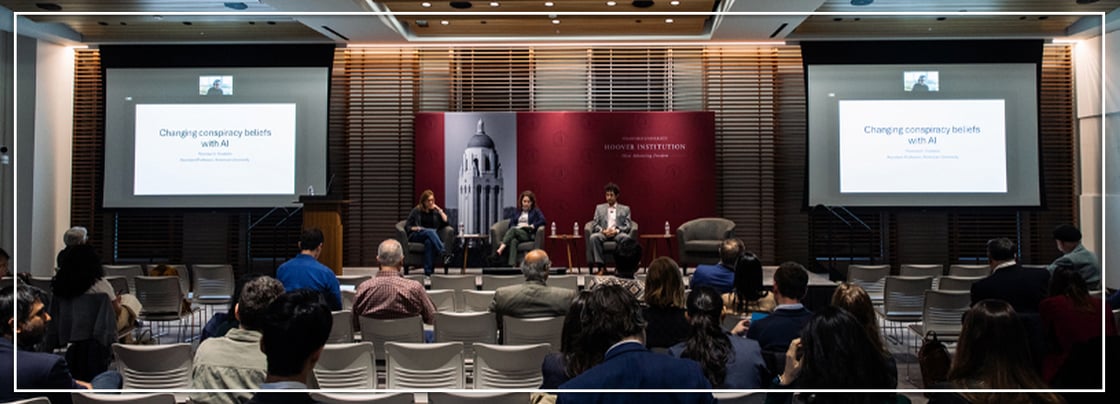
Hoover’s RAI Asks How Social Media and AI Can Encourage Democratic Practice
Some public commentators fear that social media and generative AI drive polarization and misinformation online, while others hope that they might counter polarization and help to restore public trust, according to scholars at a gathering at the Hoover Institution.
The Social Media and Democratic Practice conference on March 17, 2025, sought to see how social media platforms and AI both positively and negatively impact public discourse and democracy. Earlier studies of legacy platforms like Facebook, Twitter (now X), and YouTube found little evidence of harmful effects produced by explicitly political content on social media. At the time, filter bubbles were largely nonexistent, and misinformation and disinformation had little or no discernible effect. The prevailing theory was simply that most people paid little attention to politics on social media and thus were immune to potential effects.
In recent years, however, new platforms have proliferated. While not explicitly political, many of these might have important indirect political effects, such as the 2024 Joe Rogan podcast of a conversation with Donald Trump that has reportedly been streamed more than 50 million times. In addition, seemingly nonpolitical content on legacy social media (such as posts reflecting vaccine skepticism) can have political implications. Scant research has examined these new dimensions of the social media universe as yet.
Senior Fellow Morris P. Fiorina, who organized the event, said the gathering was aimed at encouraging research about the ways new developments in social media and other online applications help and hinder democratic engagement and practice.
“Today is a first step in measuring impact and reach of political content on social media, something academics have not paid enough attention to in recent years,” Fiorina said.
Read more here.
Organizations and Democratic Practice
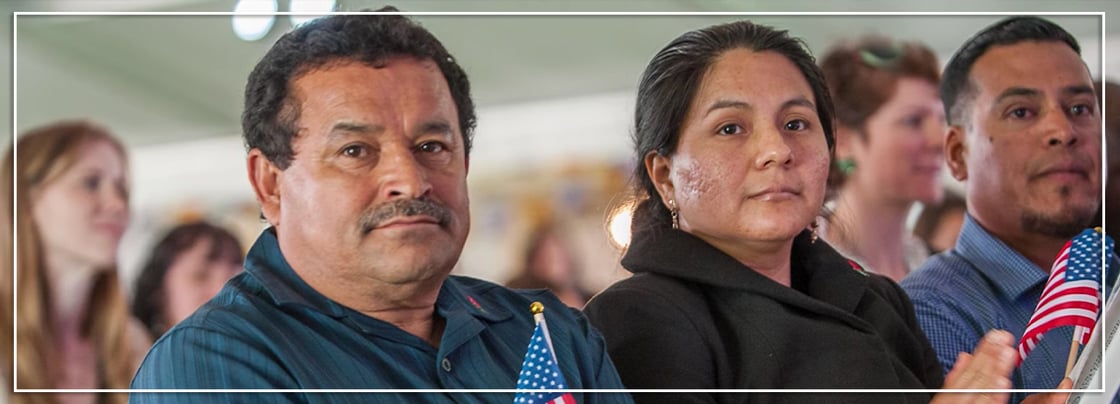
What the Latino Voter Wants
David L. Leal is an adjunct senior fellow at the Hoover Institution and participates in Hoover’s Center for Revitalizing American Institutions. He is also a professor of government at the University of Texas at Austin. He spoke with Chris Herhalt about how the Latino vote is moving to the right, and the misconceptions both major political parties hold about Hispanic voters.
Chris Herhalt: Can you explain what you call the Latino assimilation paradox?
David L. Leal: I created this term as a way to explain some of the big-picture dynamics involving the Latino vote, particularly the rumors, misunderstandings, and wishful thinking that have circulated within both Democratic and Republican circles.
For many years, the common view of how demographic change would shape politics was the theory of “demography as destiny.” This predicted that as the Latino population grew and the American population more generally diversified, the Democratic Party would be the inevitable beneficiary. All it had to do was sit back and wait for an unstoppable demographic dividend at the ballot box. The flip side was that Republicans would eventually be reduced to permanent minority party status. The logic was that as California went, so would go the nation. This belief was shared by Democrats and Republicans, although it gave confidence—some would say complacency—to the former but heartburn to the latter.
There have been good reasons to doubt this rather oversimplified view of how population change would shape politics. And by the Trump era, real-life electoral results and polling data were showing that Latinos—and also many immigrants and other minority groups—were starting to move toward the Republican Party in a slow but sure way. This was contrary to almost everything that activists, academics, journalists, pollsters, politicians, and pundits, Republicans included, were expecting.
Many are now trying to understand why Latinos are moving toward the GOP. My answer is that this is just the latest chapter in the great American assimilation story. We do not have time here to review the scholarship, but to take one example, the 2005 book Italians Then, Mexicans Now studied socioeconomic progress among second-generation immigrants in two different historical eras, and the title says it all. Assimilation is complex, of course, but it was real and consequential then, and it is real and consequential now.
Politically, across the last century, we find that new waves of immigrant groups often begin as strong Democrats, but over time, they slowly but surely move toward the Republican Party. This was true broadly for all of the White Catholic ethnic groups of the late 19th and early 20th centuries: Italian-Americans, Polish-Americans, Irish-Americans, and others. The White Catholic vote is today majority Republican, but when John F. Kennedy ran in 1960, it would have seemed self-evident that Catholics would overwhelmingly and indefinitely vote Democratic.
But assimilation did its work, despite long-standing populist rumors to the contrary. Today, although the evidence for assimilation remains strong, both parties have denied, doubted, and disparaged its effects, although for very different reasons, and this is where we find the paradoxes—one for each party.
Read more here.

Renewing America’s Civics Education
A story in the Stanford Report highlights the Stanford Civics Initiative (SCI), a joint endeavor between the School of Humanities and Sciences and the Hoover Institution that launched in the fall of 2020 and is led by RAI participant and Senior Fellow Josiah Ober. “The goal of civic education in a democracy is learning how to live in a world in which there are people who are very different from yourself,” said Ober. “A core part of teaching citizenship is showing students how to gain an understanding of where other people are coming from and figuring out a way to engage together to make policy and create civic bargains—the compromise and negotiation integral to democracy.” SCI provides Stanford students with advanced courses on democratic citizenship and is about to launch a senior honors program. The initiative builds on a long-standing tradition at Stanford of studying, in the words of the university’s founding grant, “the blessings of liberty regulated by law.”
Read more here.
Upcoming Events:
More Than Red Vs. Blue: Stories, Struggles, and Strengths in Rural America
Rural America is often reduced to a political talking point — red states, blue states, culture wars. But there’s a deeper story, rooted in place, community, and history. Drawing on his own research, Nicholas Jacobs, co-author of The Rural Voter: The Politics of Place and the Disuniting of America, explores what it means to understand rural life on its own terms — and why doing so matters now more than ever.
May 30, 2025, 1:30–3:00 pm PT.







